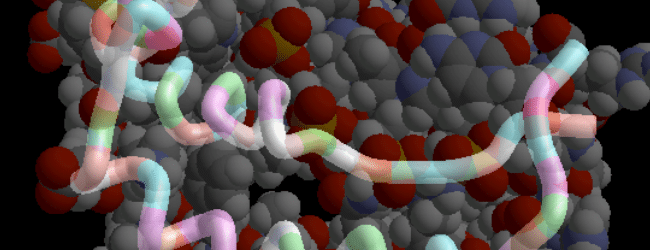When it comes to registering the signal output of your Southern/Northern/Western/probe hybridization, you are spoilt for choice these days. You can go all retro and use X-ray film. You can go digital and use a phosphorimager. Finally, you can go fluorescent and use a fluorescence detector. So, what are the pros and cons of each blot detection method?
The Label
In a sort of time paradox, the choice of your label dictates the choice of the detection method and vice versa. What equipment do you have at your disposal? What labels are appropriate for your experiment (antibody, fluorophore, 32P)? As a rule, fluorescence probes are less stable and more demanding to the experimental conditions. If they do work, however, they can produce spectacular, journal cover worthy images. Still, it’s probably a good idea to try a simpler method of labeling first. If it works, then move to the more complicated fluorescent probes and detector.
Detection Method
In my experience, the low-tech solutions have less chance to fail. Both your phosphorimager and fluorescence detector can break, and you would have to wait for two weeks for the service engineer. Or the detectors are fine, but the old computer they are connected to is infected with viruses and you have to wait for the IT guy to turn up. X-ray film exposure works in all weather. Although, admittedly, the developer can break, and then you will have to go back another fifty years in technology and hand develop.
Of course, you can ask if, given its decaying popularity, the film will be available for much longer. I think you shouldn’t worry about it. I observed large companies such as Fuji discontinuing X-ray film production, but smaller companies filled in the market gap with cheaper but good quality alternatives. I think that just as LPs are still around, X-ray films are not going extinct any time soon.
On the other hand, the films rarely lend themselves to be quantified. Timing exposure can be tricky, as overexposure destroys the linear range of the band intensity and makes it impossible to quantify. However, if you develop the film too late, often you cannot go back because the label has already decayed. You can put your gel back onto the phosphorimager screen, but the film is single use. However, with the fluorescent label, if you keep the membrane in the dark, it lasts months.
Where the films do well, is at a low signal to noise ratio. Films can allow you to see your signal even with some background. In this case, digital registration is at a disadvantage. Because when you enhance the signal, you also equally enhance the background noise.
Information Storage
If you used an X-ray film, you would have a material artefact, which is reassuringly solid. Hard drives where you keep your files become corrupted; software gets updated and refuses to read your old files. Also, software by different companies is usually incompatible and often hard to convert to standard formats, such as jpeg.
On the other hand, the film can be lost. Plus, non-OCD scientists usually don’t bother labeling all films all the time, so you will end up with boxes of random films with no idea what they are. At least you can tell the date with the digital files.
Phosphorimager vs. Fluorescence Detector
In the pairwise comparison, phosphorimager is the simpler version. There’s,no bells and whistles of detecting in color or detecting with several probes simultaneously. As with the X-ray film, this means that the phosphorimager is sturdier, but fluorescence detector may allow more nuanced detection .
You probably guessed from the article, even with all the attractions of phosphorimagers and fluorescence detectors, that I still like using X-ray film. What is your favorite detection method and why?







